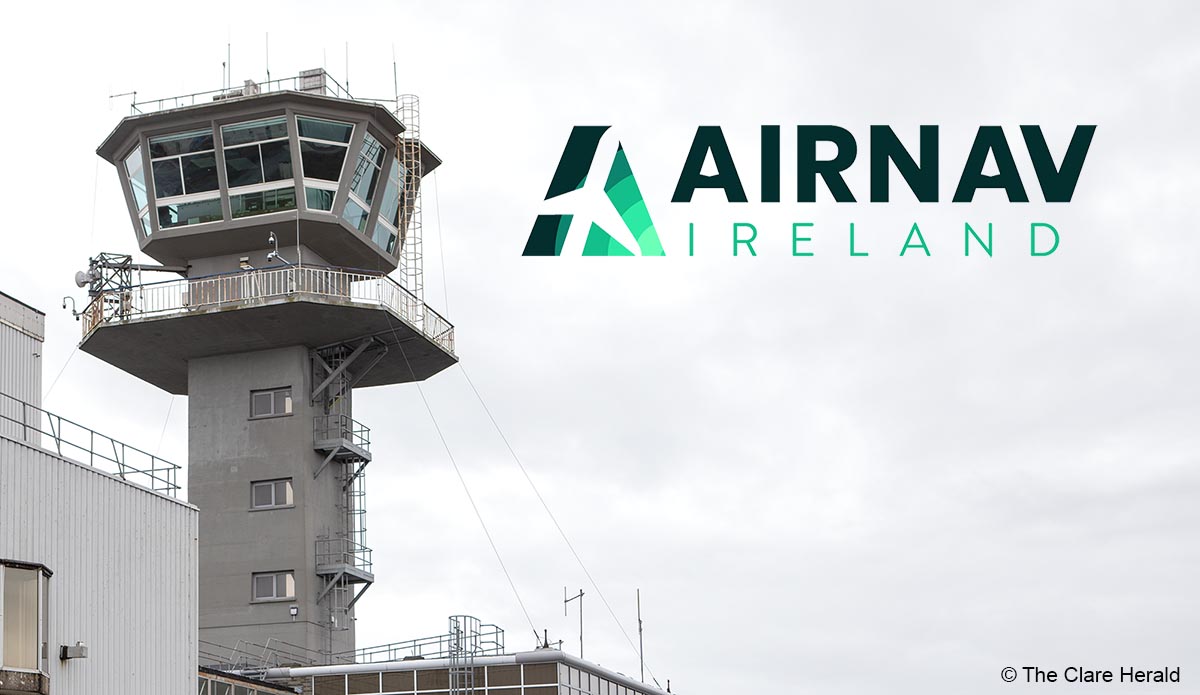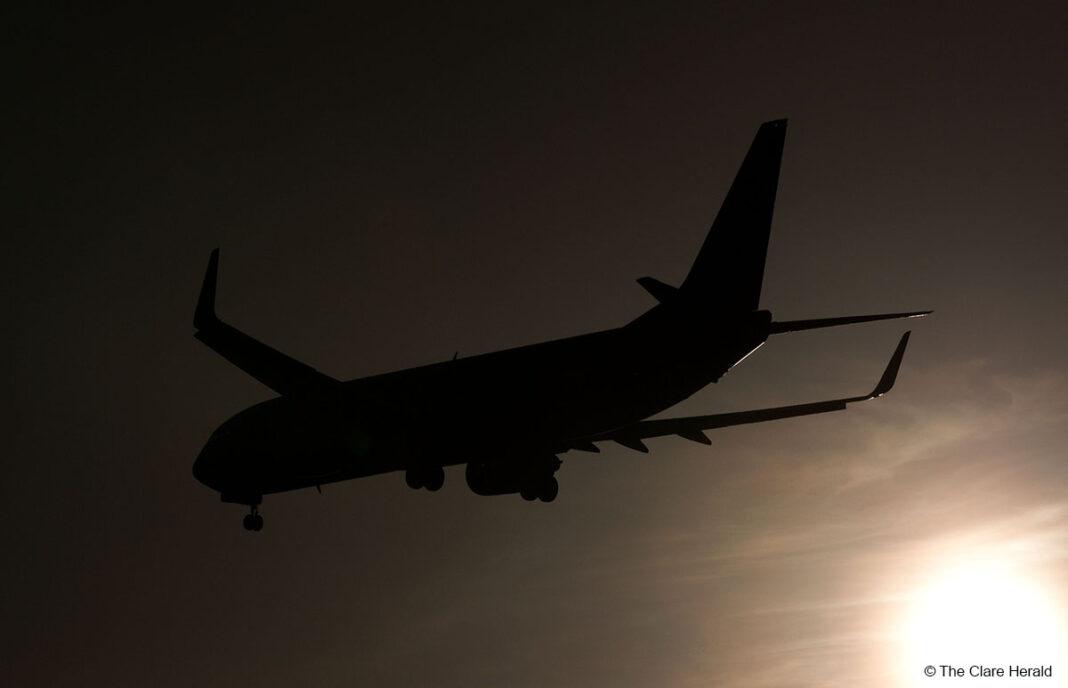An Coimisiún Pleanála and local authorities should immediately refuse planning permission for wind turbines in close proximity to air traffic control radar installations, according to Fianna Fáil Spokesperson on Aviation and Logistics, Cathal Crowe TD.
90% of transatlantic air travel operates through Irish controlled airspace with AirNav, the body responsible for air traffic management of the 451,000km2 of airspace controlled by Ireland, handle approximately a million flights per year.
AirNav has expressed serious concerns over how wind turbines could compromise the safe operation of their radar infrastructure and Deputy Cathal Crowe has called for this warning to be heeded.
According to Deputy Crowe: “On the basis of this expert view and in the absence of having their own in-house aviation expertise, An Coimisiún Pleanála and local authorities should immediately prevent the granting of any planning permission that would jeopardise radar efficiency and passenger safety.
“Radar installations such as those at Woodcock Hill near Shannon Airport help air traffic controllers to pinpoint, with incredible accuracy, the location of all sorts of aircraft. In order to safely position aircraft that are flying through Irish controlled airspace, and also aircraft taking off and landing in Irish airports, air traffic controllers need to have, at all times, a fully accurate set of data relating to the vertical and horizontal positions of the aircraft.
“The radio signals pinged from radar reflect off aircraft to give this position but AirNav believe the positioning of large turbines with blades that are constantly rotating would interfere with this signal and thereby distort the accurate positioning of aircraft on radar screens.
“Passenger safety must be the number one priority and in Ireland commercial aviation has a pretty good safety record which must be protected and upheld. The onus on protecting this record largely lies with AirNav and when they speak on air safety, they speak with authority and all other agencies in the country must sit up and listen.

Last year, AirNav handled a million flights through Irish controlled airspace and the radars such as those at Woodcock Hill, which has a range of approximately 250 miles, are vital to this huge operation. It is imperative that they are operating accurately and safely. Additionally, airlines pay a fee to AirNav when they pass through Irish airspace. Last year, AirNav had a €196.8m turnover and therefore radar and ground-based avionics are also important infrastructure in terms of generating revenue. It would be ludicrous to position a wind farm in close proximity to these installations and jeopardise all of this.
“An Coimisiún Pleanála and local authorities who are currently assessing planning permissions relating to windfarms in close proximity to radar installations must ask themselves can they underwrite the safety of passengers. If they can’t, and if mitigating measures put forward are inadequate, they must listen to the real experts here, AirNav, and outrightly refuse planning.
“Going forward, local authorities should urgently amend their renewable energy zonings so that sufficient safeguarding is given to air navigation and ground-based avionic infrastructure.”
